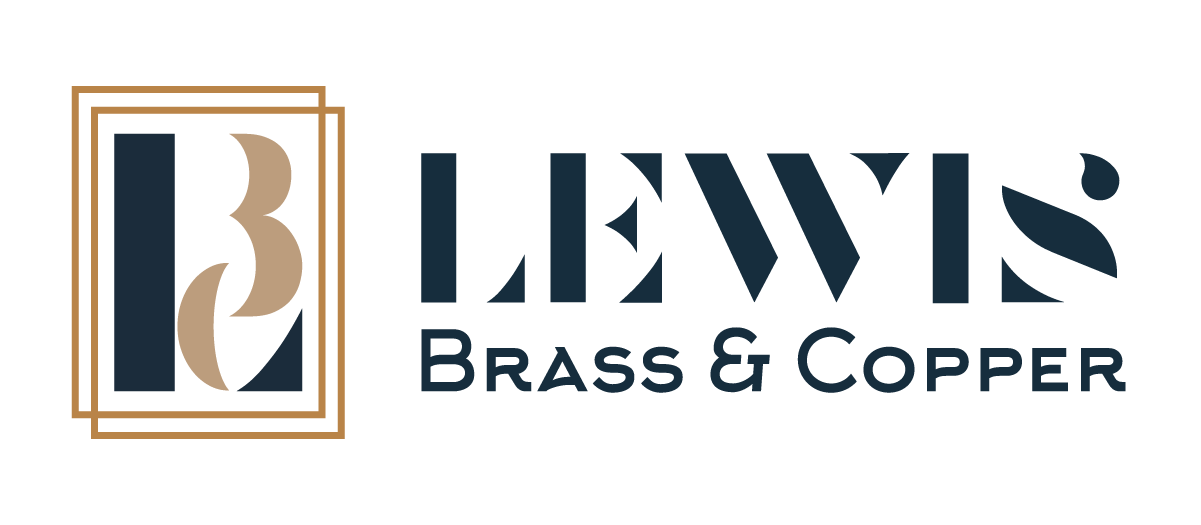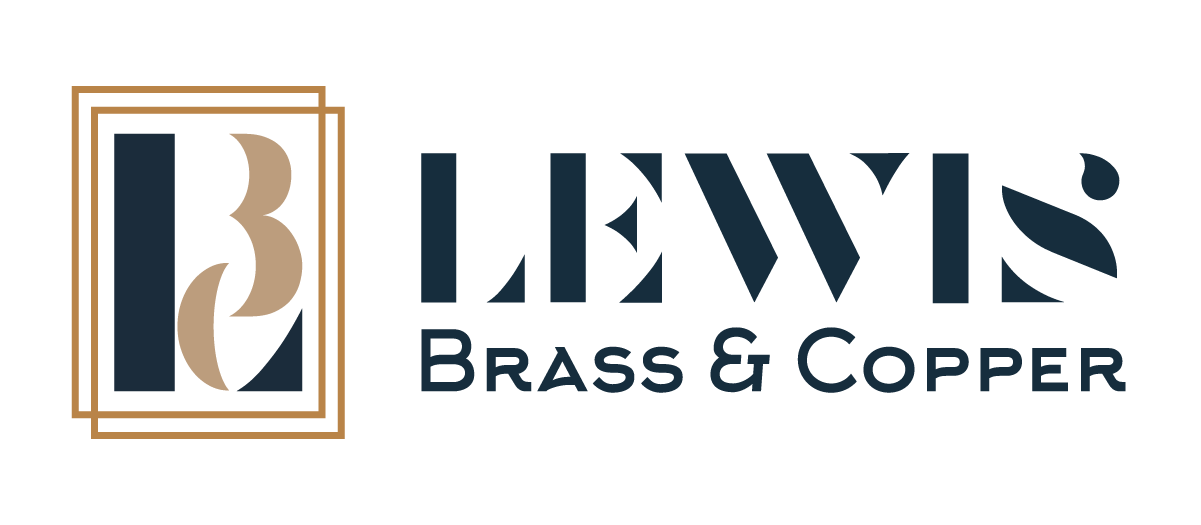What is A122 Copper
A122 Copper, otherwise known as Deoxidized High Phosphorus (DHP) copper, is a high-performance copper alloy. Looking back through history, DHP copper was initially developed to meet the demand for those who wanted a corrosion resistant and solderable material. Fast-forward to today, and it has become a crucial component in the evolution of modern industrial applications.
Today, it’s often used in various industrial, decorative, and automotive applications, thanks to its unique properties. Below, we’ll explore the composition, properties, applications, manufacturing processes, and maintenance of A122 Copper, so you can decide whether it’s the right material for your project.
Definition of A122 Copper
A122 Copper is a specialized type of copper alloy thanks to the addition of phosphorus, which acts as a deoxidizing agent. This process improves the alloy's overall performance, particularly in terms of thermal and electrical conductivity and resistance to corrosion.
Because of this, it is often a go-to for individuals who need a material with reliable performance in harsh environments. Next, we’ll take a look at its composition in more depth.
Composition of A122 Copper
While it may be easy to think of A122 Copper as just another metal, it’s actually not the case. Its composition is carefully formulated to build upon its most desirable properties. The typical composition includes:
- Copper (Cu): 99.9% - The primary component, copper, gives the base material strong conductivity and corrosion resistance.
- Phosphorus (P): 0.015-0.040% - This small amount of phosphorus acts as a deoxidizing agent. It helps to improve the alloy's resistance to hydrogen embrittlement.
Properties of A122 Copper
A122 Copper has several different properties that are prized across various different industries. Let’s take a look at some of them below:
- High Thermal and Electrical Conductivity: The high copper content means it boasts high thermal and electrical conductivity. This is why so many people use it for applications involving heat and electricity transfer.
- Excellent Corrosion Resistance: The addition of phosphorus improves the alloy's resistance to corrosion, which is useful in environments with exposure to moisture and various chemicals.
- Good Ductility and Formability: A122 Copper is highly ductile and formable, allowing it to be easily shaped and fabricated into various components.
- High Durability and Strength: The alloy's composition provides good mechanical strength and durability, ensuring reliable performance in demanding applications.
- Non-Magnetic: A122 Copper is non-magnetic, making it suitable for use in applications where magnetic interference is a concern.
Applications of A122 Copper
Now you know about A122 Copper and its properties. But what about its applications? Here are some of its primary uses:
Industrial Uses of A122 Copper
In industrial settings, A122 Copper is commonly used for:
- Heat Exchangers and Condensers: Its excellent thermal conductivity makes A122 Copper ideal for heat exchangers and condensers, facilitating efficient heat transfer.
- Plumbing and Heating Systems: The alloy's corrosion resistance and formability make it suitable for plumbing and heating systems, including pipes and fittings.
- Electrical Components: A122 Copper's high electrical conductivity makes it a preferred choice for electrical components such as wiring, connectors, and busbars.
- Chemical Processing Equipment: The alloy's resistance to corrosion from chemicals makes it ideal for chemical processing equipment and piping systems.
Decorative Uses of A122 Copper
Much like many other metals, A122 copper is commonly used for decorative purposes. You can expect to see it in some of the following:
- Architectural Elements: You will often see A122 copper in roofing, gutters, and decorative panels.
- Art and Sculptures: Artists and sculptors often use A122 Copper for creating intricate and durable works of art and sculptures.
- Furniture Accents: The alloy is used for high-quality furniture accents, including handles, knobs, and decorative fittings.
Automotive Applications of A122 Copper
Thanks to A122 copper’s properties, it has become a popular choice for those working in the automotive industry. Here’s where you can expect to find it:
- Radiators and Heat Exchangers: A122 Copper's excellent thermal conductivity makes it suitable for radiators and heat exchangers, ensuring efficient cooling of the engine.
- Electrical Wiring and Connectors: The alloy's high electrical conductivity makes it ideal for electrical wiring and connectors in automotive electrical systems.
- Brake System Components: A122 Copper is used in brake system components, providing reliable performance and resistance to wear and corrosion.
- Fuel System Components: The alloy's corrosion resistance makes it suitable for fuel system components, ensuring the longevity and reliability of the fuel delivery system.
Manufacturing Process of A122 Copper
Whether you’re familiar with the process or not, the steps of manufacturing A122 copper are always useful to get to grips with. This way, you can see how each specific step affects the final copper product.
Let’s break down each stage of the A122 copper making process below.
Extraction of Raw Materials for A122 Copper
The manufacturing process begins with the extraction of raw materials. Copper ore is mined and refined to obtain pure copper, while phosphorus is similarly sourced. The extraction process involves several steps:
- Mining: Copper ore is extracted from mines using techniques such as open-pit mining or underground mining.
- Crushing and Grinding: The extracted ore is crushed and ground into fine particles to facilitate the separation of copper from other minerals.
- Concentration: The ground ore is subjected to concentration processes such as flotation or leaching to increase the copper content.
- Smelting: The concentrated ore is smelted in a furnace to remove impurities and produce pure copper.
- Refining: The smelted copper is further refined using electrolysis to achieve the desired purity.
Alloying of A122 Copper
Next is the alloying stage. Once the raw materials are extracted and refined, they are mixed in precise proportions to create the A122 Copper alloy. The alloying process involves three key parts:
- Melting: The refined copper is melted in a furnace, and the phosphorus is added to the molten copper in specific proportions.
- Mixing: The molten mixture is thoroughly mixed to ensure a uniform distribution of phosphorus throughout the copper.
- Casting: The molten alloy is poured into molds to create ingots or billets, which are then cooled and solidified.
Casting and Forming Methods for A122 Copper
Like many other metals, there are various different ways that this alloy can be casted and formed. Below, we’ll take a look at six different methods so you can gain a better understanding of what the process looks like.
- Sand Casting: Sand casting involves creating a mold from sand and pouring the molten copper into the mold to form the desired shape. This method is suitable for producing large and complex components.
- Investment Casting: Investment casting, also known as lost-wax casting, involves creating a wax model of the component, coating it with a ceramic shell, and then melting out the wax to create a mold for the molten copper. This method is ideal for producing intricate and detailed components.
- Continuous Casting: Continuous casting involves pouring the molten copper into a continuous mold, producing long, continuous shapes such as rods, bars, and tubes. This method is efficient for producing large quantities of uniform components.
- Forging: Forging involves heating the copper ingots or billets and shaping them using mechanical force, such as hammering or pressing. This method produces components with excellent strength and durability.
- Rolling: Rolling involves passing the copper ingots or billets through rollers to create sheets, plates, or strips of the desired thickness. This method is suitable for producing flat and uniform components.
- Extrusion: Extrusion involves forcing the molten copper through a die to create components with specific cross-sectional shapes, such as rods, tubes, and profiles. This method allows for precise and complex shapes.
Advantages and Disadvantages of A122 Copper
If you’re planning on using A122 copper in any of your applications, then you’ll likely want to know the advantages and disadvantages. This can help you weigh up your options and select the best material for the job.
Advantages of A122 Copper
- High Thermal and Electrical Conductivity: A122 Copper offers excellent thermal and electrical conductivity, making it suitable for applications involving heat and electricity transfer.
- Excellent Corrosion Resistance: The addition of phosphorus enhances the alloy's resistance to corrosion, ensuring long-lasting performance in harsh environments.
- Good Ductility and Formability: A122 Copper is highly ductile and formable, allowing for easy fabrication into various components.
- High Durability and Strength: The alloy provides good mechanical strength and durability, making it reliable for demanding applications.
- Non-Magnetic: A122 Copper's non-magnetic nature makes it suitable for use in applications where magnetic interference is a concern.
Disadvantages of A122 Copper
- Higher Cost Compared to Some Other Alloys: A122 Copper can be more expensive than some other copper alloys, which may be a consideration for cost-sensitive applications.
- Requires Regular Maintenance: Products made from A122 Copper may require regular cleaning and maintenance to retain their appearance and prevent tarnishing or corrosion.
- Potential for Work Hardening: A122 Copper may work harden during fabrication, requiring annealing to restore its ductility and formability.
Comparison to Other Brass Alloys
Compared to other brass alloys, A122 Copper stands out for its top-notch thermal and electrical conductivity. This makes it perfect for jobs where you need efficient heat and electricity transfer.
On the flip side, it can be a bit pricier and might need more maintenance, which could be a potential downside depending on what you’re using it for. Other brass alloys, like C36000 Free Machining Brass or C22000 Commercial Bronze, offer their own perks. For example, they might be easier to machine or cost less, depending on what you need for your specific application.
Maintenance and Care of A122 Copper Products
To make sure your A122 Copper products last a long time and work well, a bit of TLC is key. Regular cleaning, polishing, and corrosion protection will keep them looking great and functioning perfectly.
Cleaning and Polishing Tips for A122 Copper
Here are some easy techniques you can use:
- Mild Detergents: Use mild detergents and warm water to clean the surfaces. This removes dirt and grime without causing any damage.
- Specialized Copper Cleaners: Got tougher stains or tarnish? Specialized copper cleaners are your best bet for a deep clean and added protection.
- Non-Abrasive Polishing Cloths: Gently polish with non-abrasive cloths to bring back the shine without scratching the metal.
- Soft Brushes: For those intricate details and tricky spots, soft brushes work wonders to remove dirt and debris gently.
Protecting A122 Copper from Corrosion
Keeping corrosion at bay involves a few proactive steps. Here’s what you can do:
- Protective Coatings: Apply lacquers, waxes, or clear finishes to create a barrier against moisture and corrosive elements.
- Regular Inspections: Check your copper items regularly for any signs of corrosion or damage so you can tackle issues early.
- Preventive Maintenance: Clean and reapply protective coatings periodically to ensure your copper stays in top shape.
- Environmental Control: If your copper is in a corrosion-prone area, try to control the humidity and limit exposure to corrosive substances to reduce the risk.
By following the above tips, you should be able to keep your A122 copper in good condition. However, it’s worth noting that consistency is key when it comes to cleaning and maintenance.
How Lewis Brass Can Help
Lewis Brass specializes in providing high-quality A122 Copper materials and products. If you have any queries, feel free to contact us, or alternatively, request a quote from us.
 1-800-221-5579
1-800-221-5579 info@lewisbrass.com
info@lewisbrass.com
